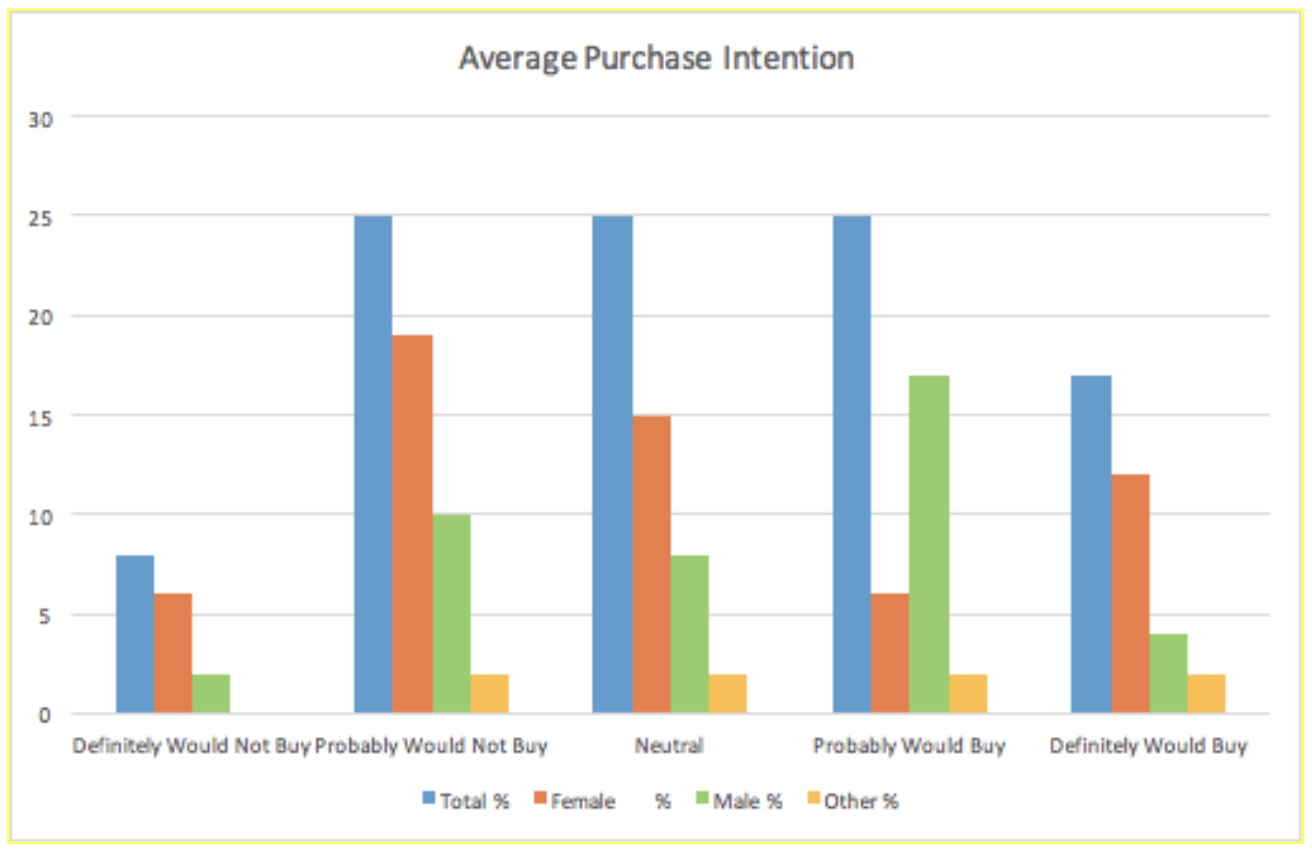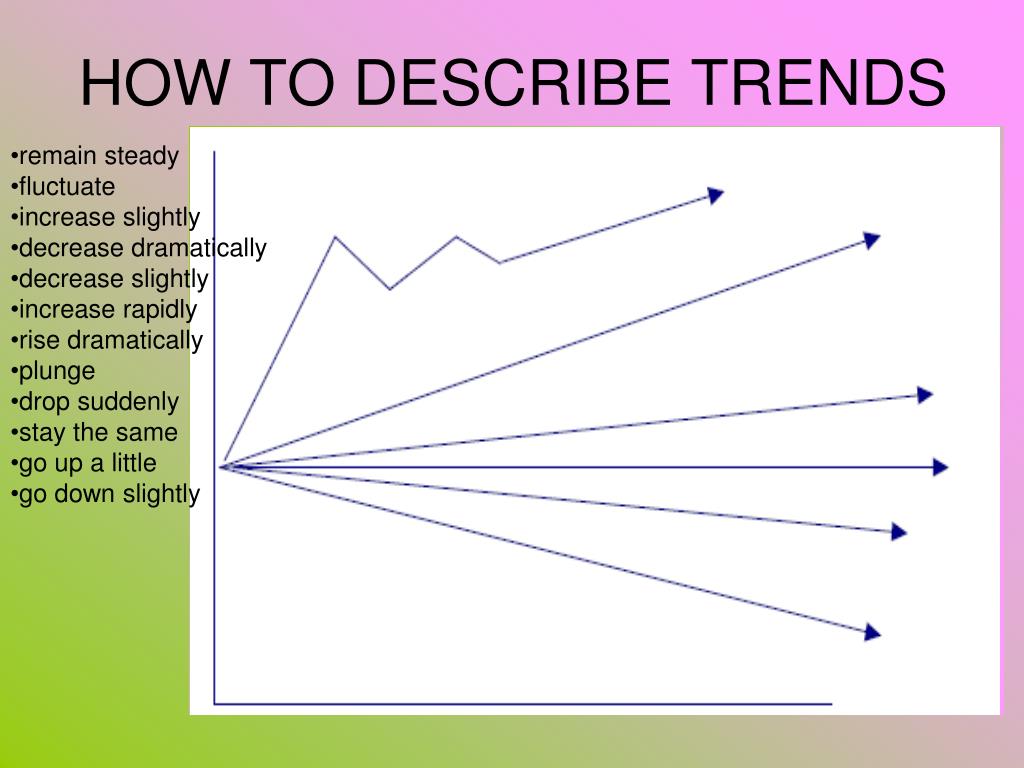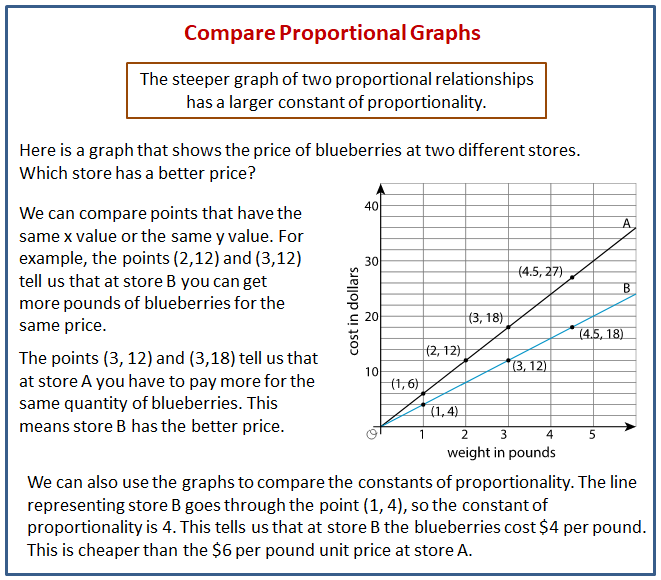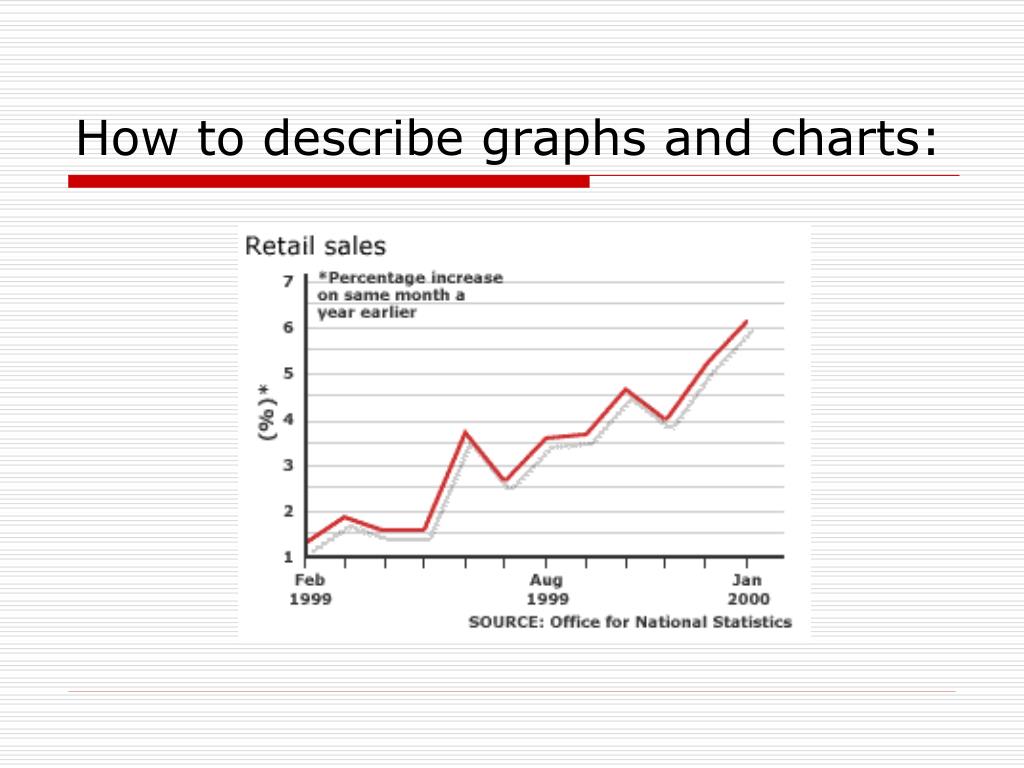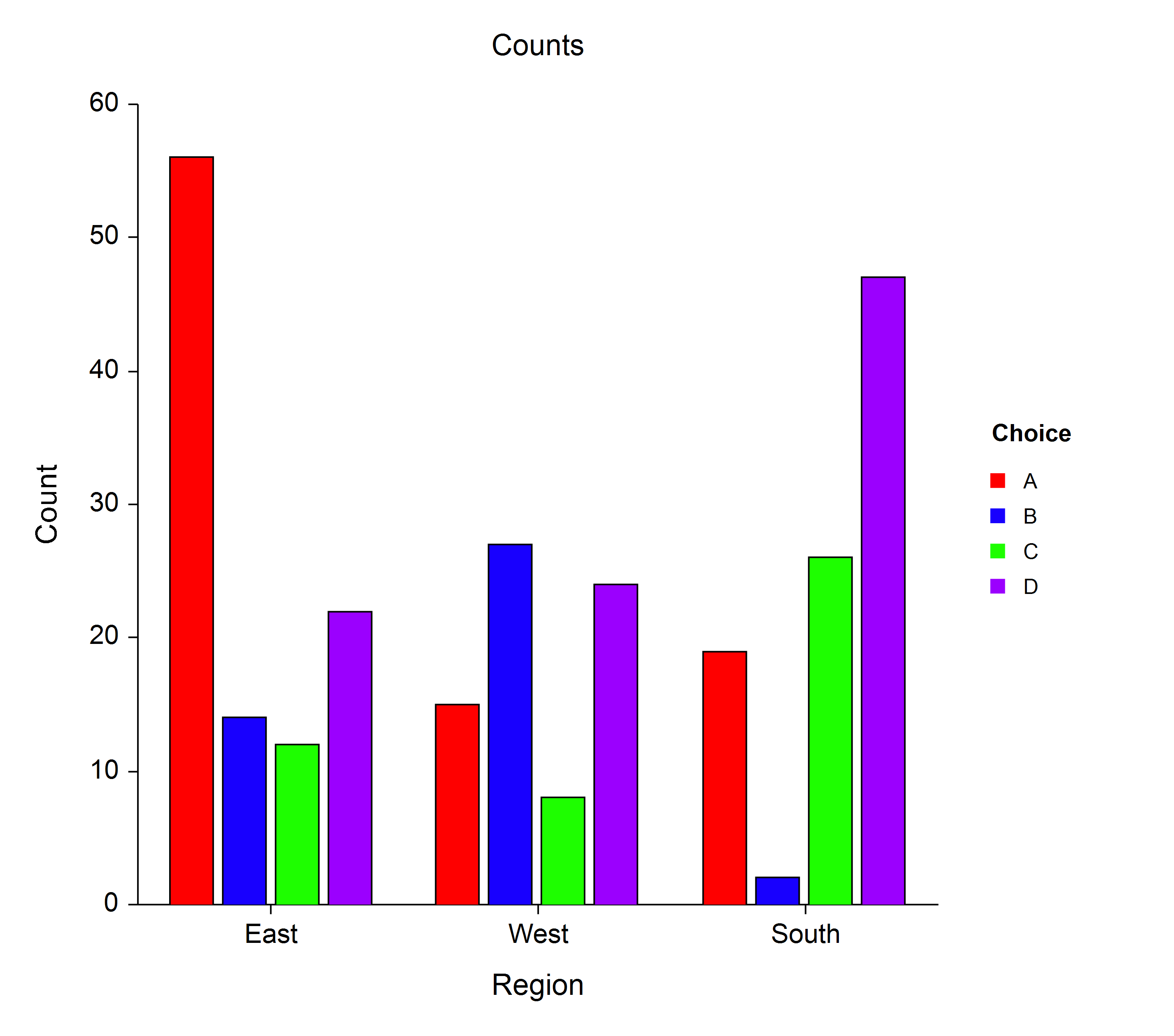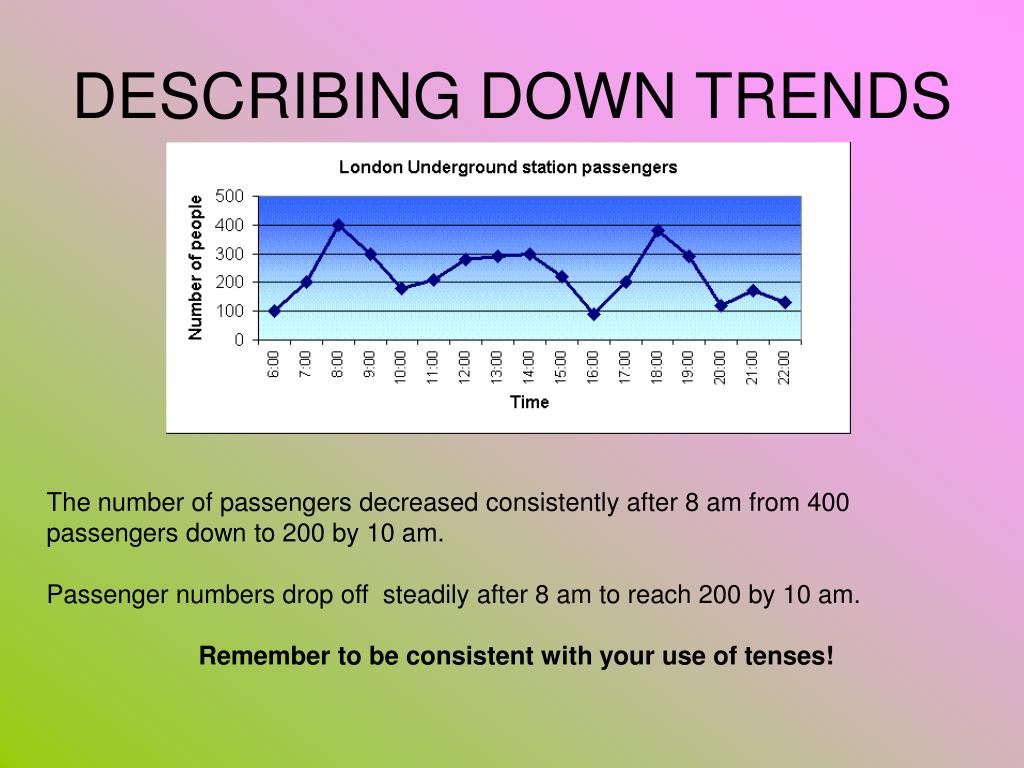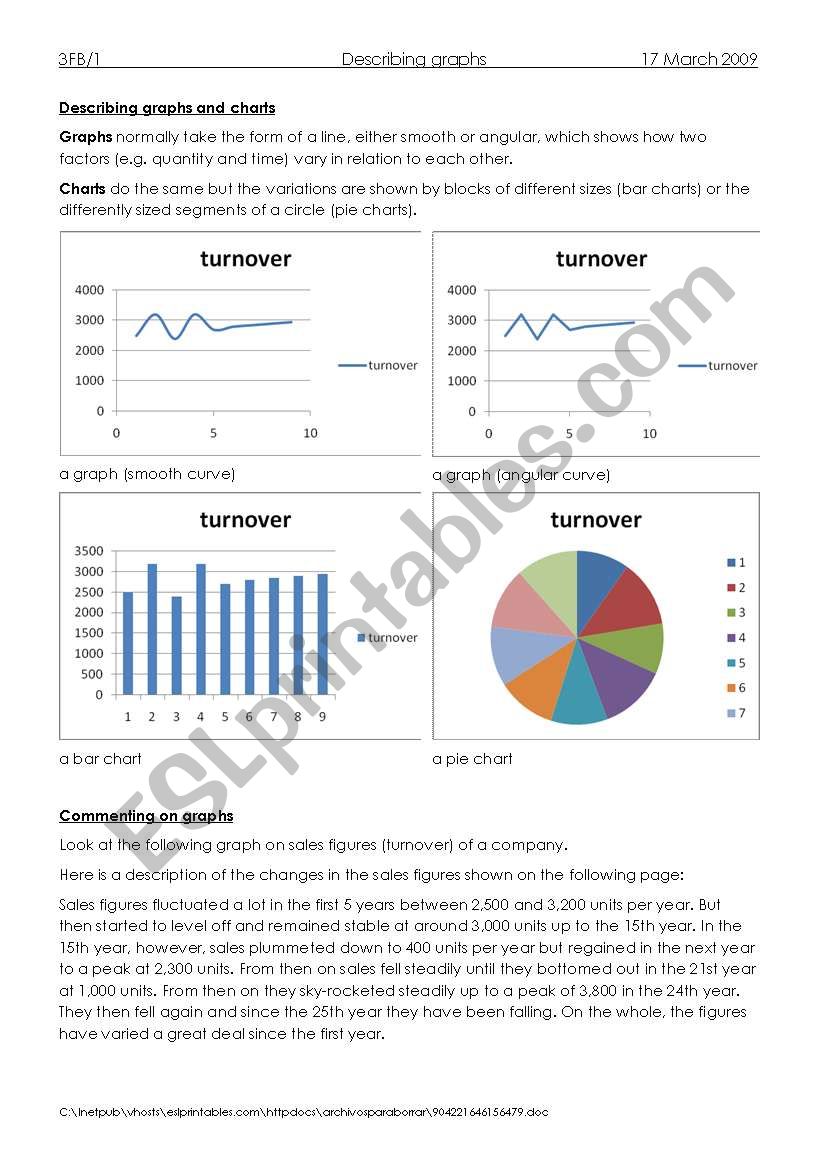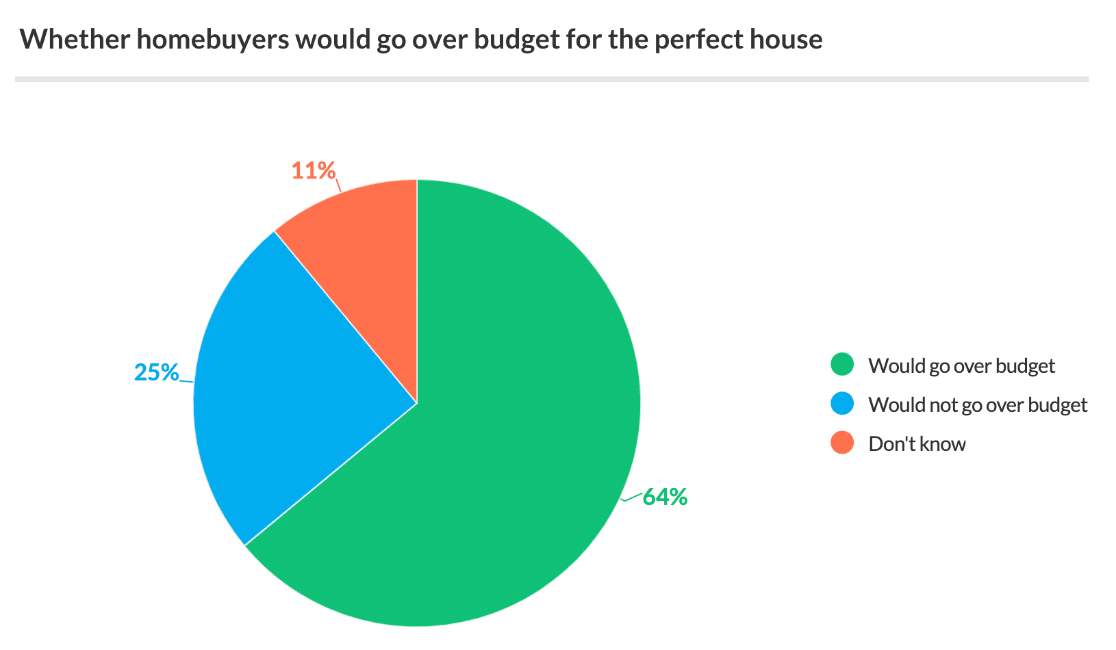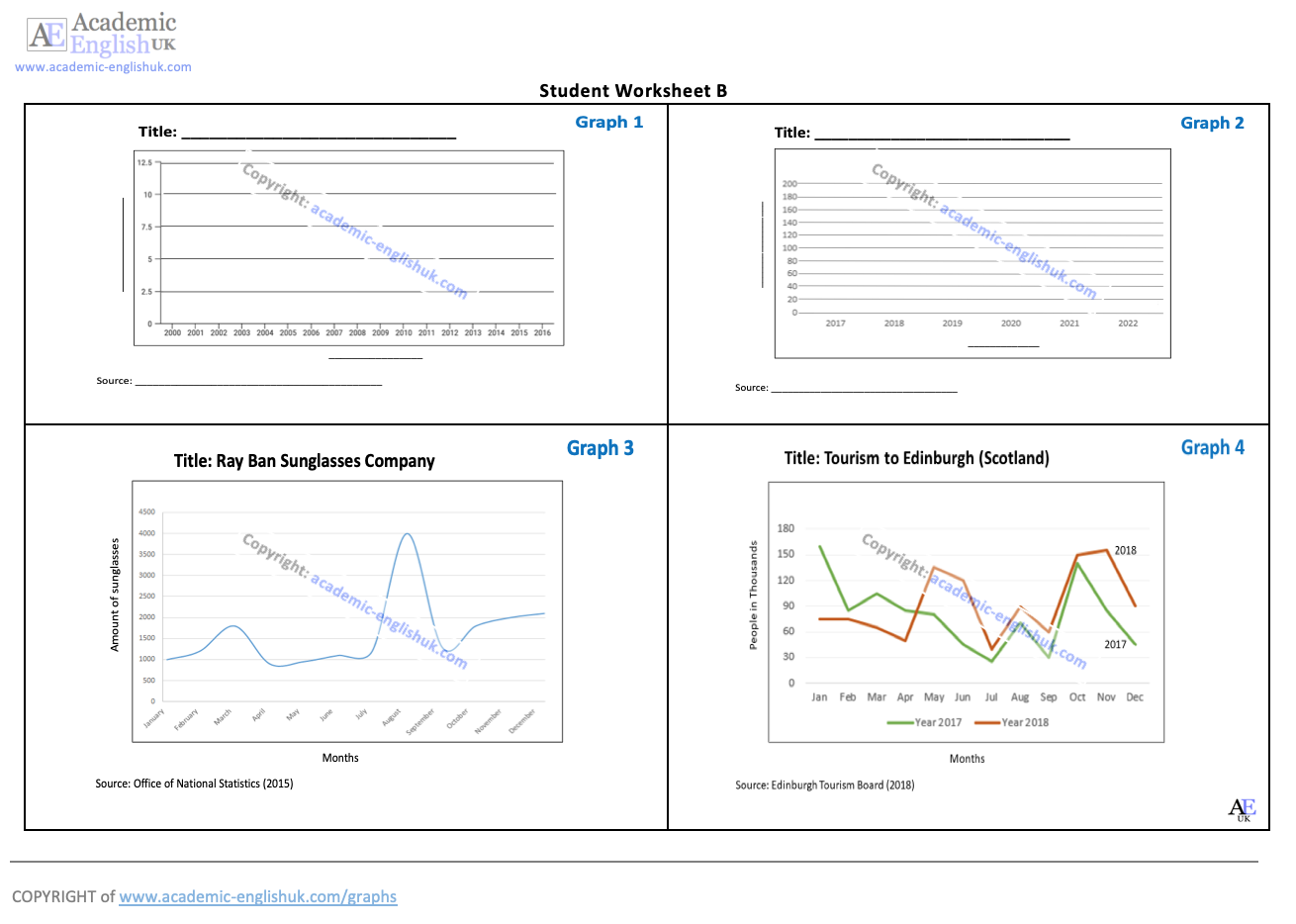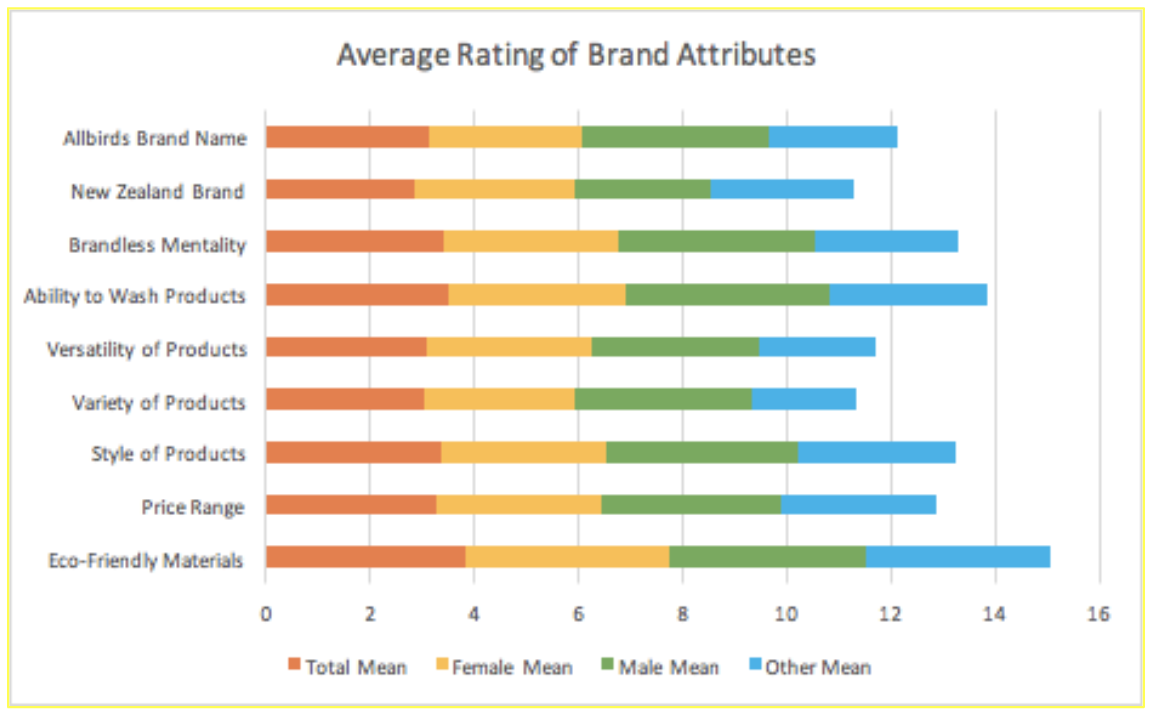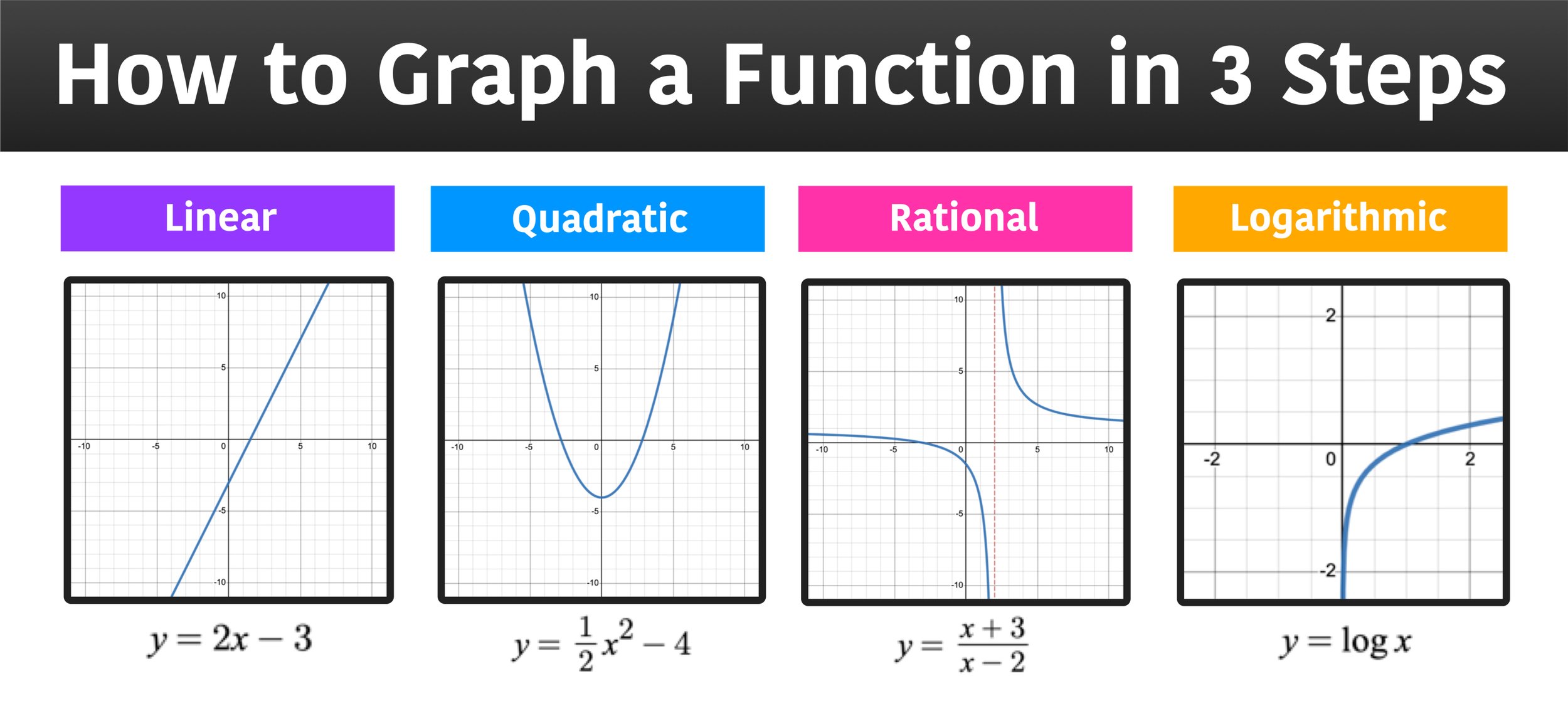Can’t-Miss Takeaways Of Tips About How Do You Describe Results From A Graph Add Secondary Axis Tableau
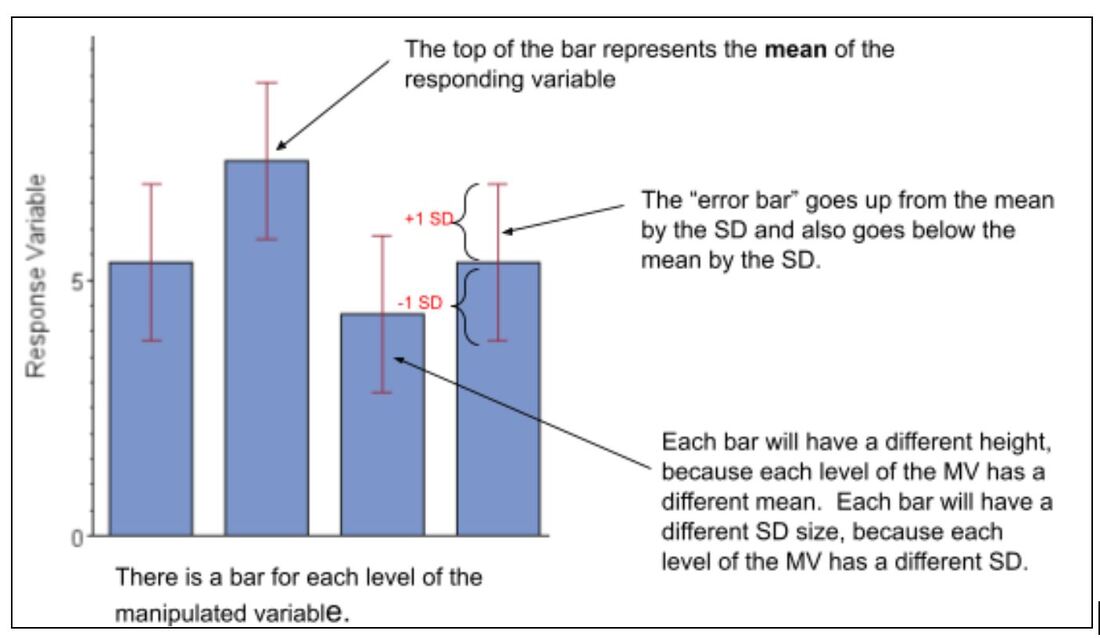
When asked to describe patterns in graphs, you ‘say what you see’.
How do you describe results from a graph. In descriptive statistics, a box plot or boxplot (also known as a box and whisker plot) is a type of chart often used in explanatory data analysis. Graphs and charts need to be drawn and labelled correctly. Different types of graphs and charts are needed to present results from experiments.
From there, you can describe the key variables that make up the graph. Let’s make data storytelling seamless and. First you have to read the labels and the legend of the diagram.
Let’s see different ways to do. The result looks like this: A results section is where you report the main findings of the data collection and analysis you conducted for your thesis or dissertation.
It then provides practice in. Introduce the graph to your audience by presenting the title and explaining the topic of the graph. It works, but this image can definitely be improved.
Here are steps you can use to explain a graph effectively: Identify key features. Use linking words and a range of vocabulary to describe what you see in the charts.
A trend is a pattern in a set of results displayed in a graph. In this section, we focus on presenting descriptive statistical results in writing, in graphs, and in tables—following american psychological association (apa) guidelines for. Use patterns in the data to.
Graphs are a powerful way to convey data visually, but describing them effectively is crucial. (you can write % or per cent, but be consistent.) be careful to use the correct tenses to. You can read what years the animals.
Davis’s southern club women graph, image by author. I’ll guide you through the types of graphs and practical ways to write about them, whether in essays, reports, or presentations. Write out simple descriptive statistics in american psychological association (apa) style.
Using sentence starters to analyse graphs. Using a framework to interpret graphs. In the first paragraph, give basic details about the chart including what it shows, where it refers to and when.
To describe the graph in figure 1, for example, you could say:. When you describe chart data, be specific. Graphs communicate important quantitative information.
